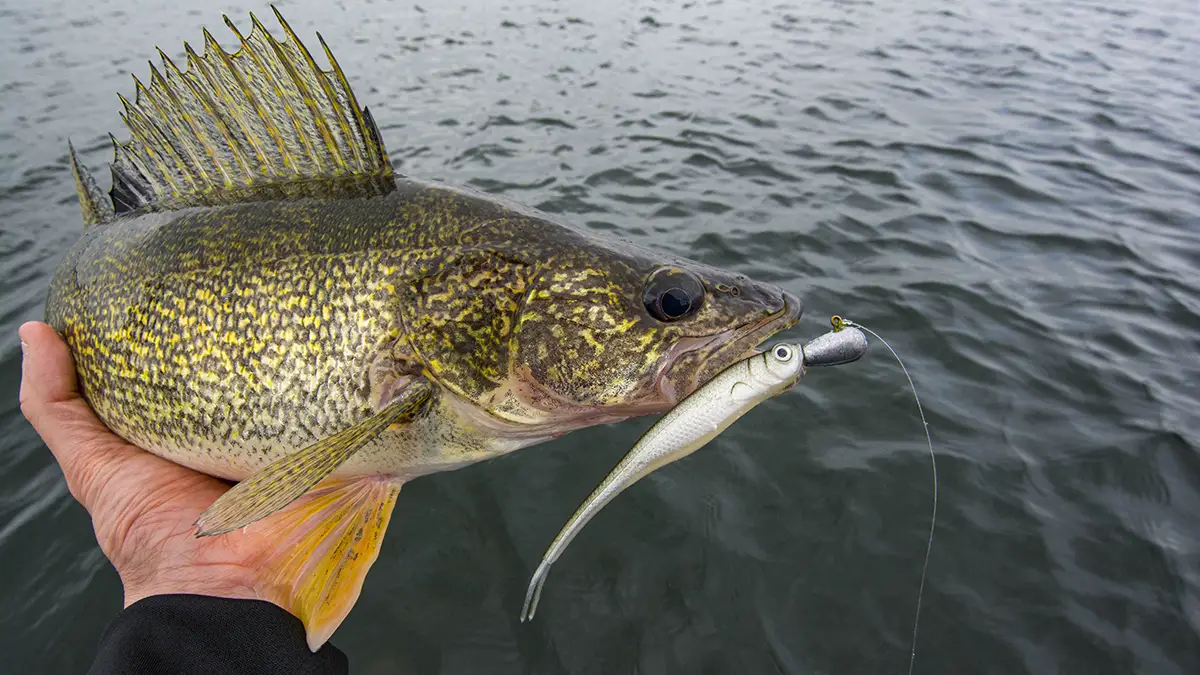Fishing for walleye from shore can be a great time if you know what you’re doing. You don’t need fancy boats or high-end gear, just a bit of patience and a solid plan. Whether you’re casting jigs, working a crankbait, or chucking some live bait, there’s something about hooking into a big walleye that makes all the effort worth it.
You gotta know where to find them, what gear to use, and when to fish, especially when the sun goes down.
Just Focus on These Things
- Choose the right location
- Focus on night fishing
- Use the right gear
- Try jigging techniques
- Leverage spinnerbaits and spoons
- Bait presentation
- Fish near structures
1. Choose the Right Location for Shoreline Walleye Fishing
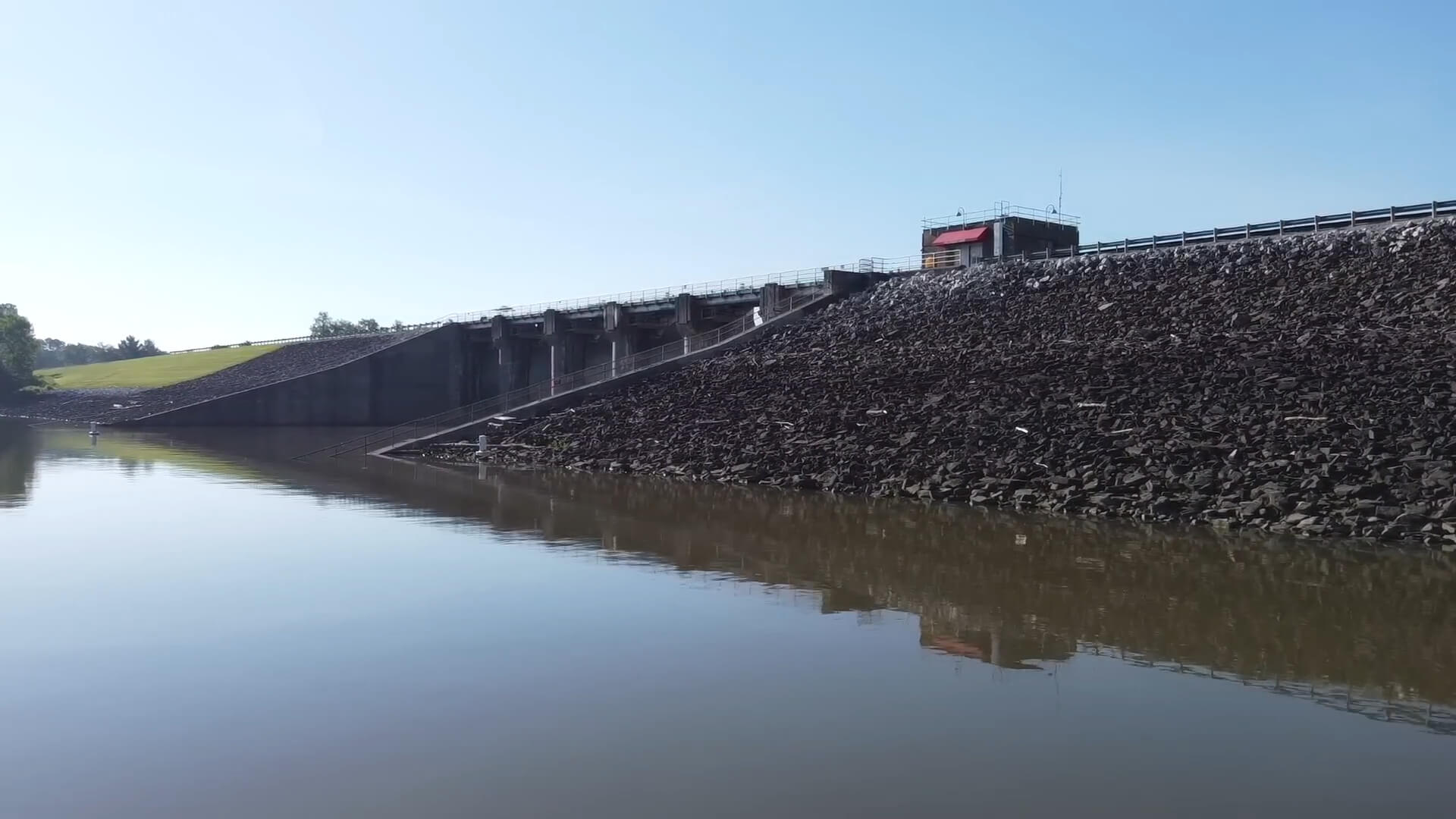
Finding the right location is key to your success when fishing for walleye from the shore. There are specific areas that walleye tend to congregate, especially those with features that offer cover and feeding opportunities. Here’s a breakdown of the best locations to target walleye from shore:
Riprap Banks
Walleye often gather around riprap banks, which are artificial rock piles used to prevent erosion. These areas provide excellent spawning habitat, with walleye cruising the edges where hard surfaces meet soft ones. Look for smaller gravel areas along riprap banks, which make ideal spawning beds.
Gravel Bars and Points
Gravel bars and points are excellent spots, particularly in the early spring. The light, wind-driven wave action keeps the water fresh and oxygen-rich. These areas also tend to have more baitfish, which walleye hunt during this season.
Pinch Points
Natural pinch points such as bridges, culverts, and channels force fish to pass through tighter spaces, making them ideal for catching walleye. These areas concentrate fish, making them easier to target.
Weed Lines
Walleye love holding tight to weed lines, where they can find shelter and ambush prey. Cast your lure near these weed beds to increase your chances of a strike.
Moving Water
Spillways, rivers, and areas with current breaks are prime spots for walleye. These locations have oxygenated water and plentiful baitfish, attracting walleyes looking for food. Target current seams and calm eddies for the best results.
2. Focus on Night Fishing for Walleye
Nighttime offers some of the best opportunities for catching walleye due to their natural nocturnal feeding habits. Here’s how to maximize your success during night fishing:
Walleye Behavior at Night
Walleye are primarily nocturnal hunters, taking advantage of their excellent low-light vision. Their eyes have a reflective layer that enhances visibility in dim conditions, giving them a predatory edge. At night, walleye tend to move from deep water into shallower areas where baitfish congregate, making it easier for shore anglers to catch them.
Target these prime locations—like weed beds, drop-offs, and sandy flats—just after sunset or during moonlit periods for the best results.
Proper Techniques for Night Fishing
- Slow Down Your Presentation: Walleyes are more cautious at night. Whether you’re using crankbaits, soft plastics, or live bait like leeches or minnows, keep your retrieve steady and slow. Pausing your lure mimics injured prey, increasing the chances of triggering a bite.
- Use Dark-Colored Lures: Black, blue, and purple lures create contrast against the dim sky, making it easier for walleye to see them. Glow-in-the-dark lures or lures with reflective properties also work well, particularly in darker or murkier waters,
- Cast into Current Seams: In rivers or lakes with moving water, walleye often gather in slower-moving areas near the current. The oxygenated water in these areas attracts baitfish, and by extension, walleye. Casting into current seams is a highly effective strategy at night.
- Leverage Moon Phases: Many anglers find the best activity during full moon and new moon phases. The increased brightness helps walleye see better, while the moon’s gravitational pull is thought to enhance feeding behavior. Plan your fishing trips around the 3 days before and after these moon phases for optimal results.
Gear Essentials
- Fluorocarbon Line: Walleye have sharp vision, even at night, so a low-visibility fluorocarbon line is essential to reduce suspicion
- LED Lights: Use green LED lights to attract baitfish like minnows. This increases the chances of bringing walleye closer to your bait
3. Use the Right Gear for Nighttime Walleye Shore Fishing
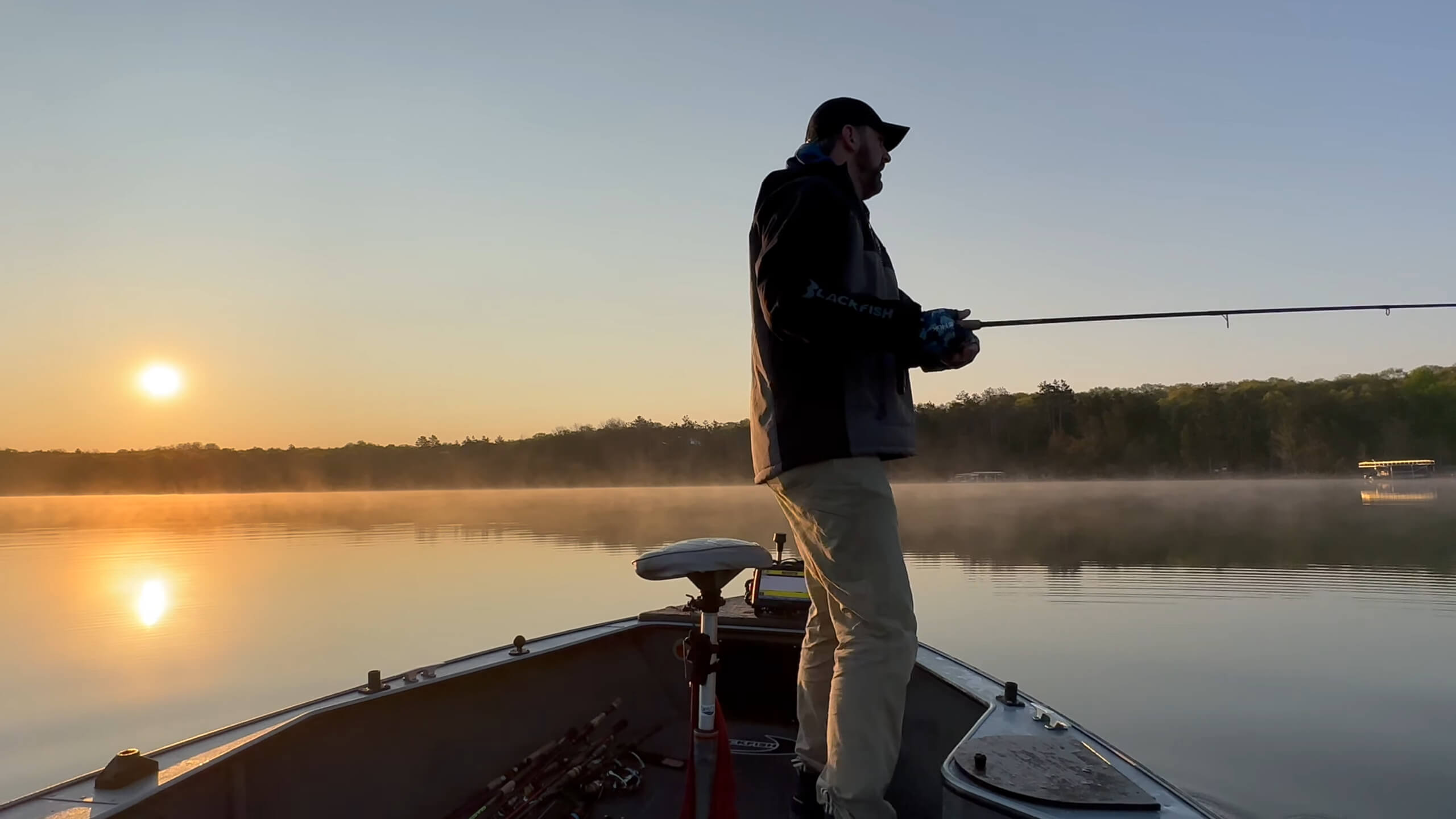
Having the right gear is crucial for successful night fishing, especially when targeting walleye. Here’s a breakdown of the essential equipment you’ll need to maximize your chances of success:
Rod, Reel, and Line
A 7-foot medium-light or medium-action rod paired with a spinning reel is a great choice. This setup gives you the casting distance and sensitivity to detect even the lightest bites, which is especially important at night when walleye can be more cautious.
Use 12-pound monofilament or braided line with a 2-4 foot fluorocarbon leader, as the fluorocarbon is nearly invisible underwater, reducing the chances of spooking walleye.
Lures and Bait
When it comes to lures, dark-colored crankbaits, jigs, or minnow-imitating lures work exceptionally well in low-light conditions. Dark colors like black, blue, and purple create contrast, making them easier for walleye to see.
If you prefer live bait, use nightcrawlers, minnows, or leeches rigged on a slip bobber setup, which works especially well in rivers or lakes with current.
Lights and Stealth
Low-intensity LED lights can help attract baitfish without spooking walleye. It’s also important to keep noise and light disturbance to a minimum—avoid using bright flashlights or unnecessary gear that can make noise.
If you’re moving spots, an electric trolling motor is a quiet and effective tool.
4. Try the Right Bait and Presentation
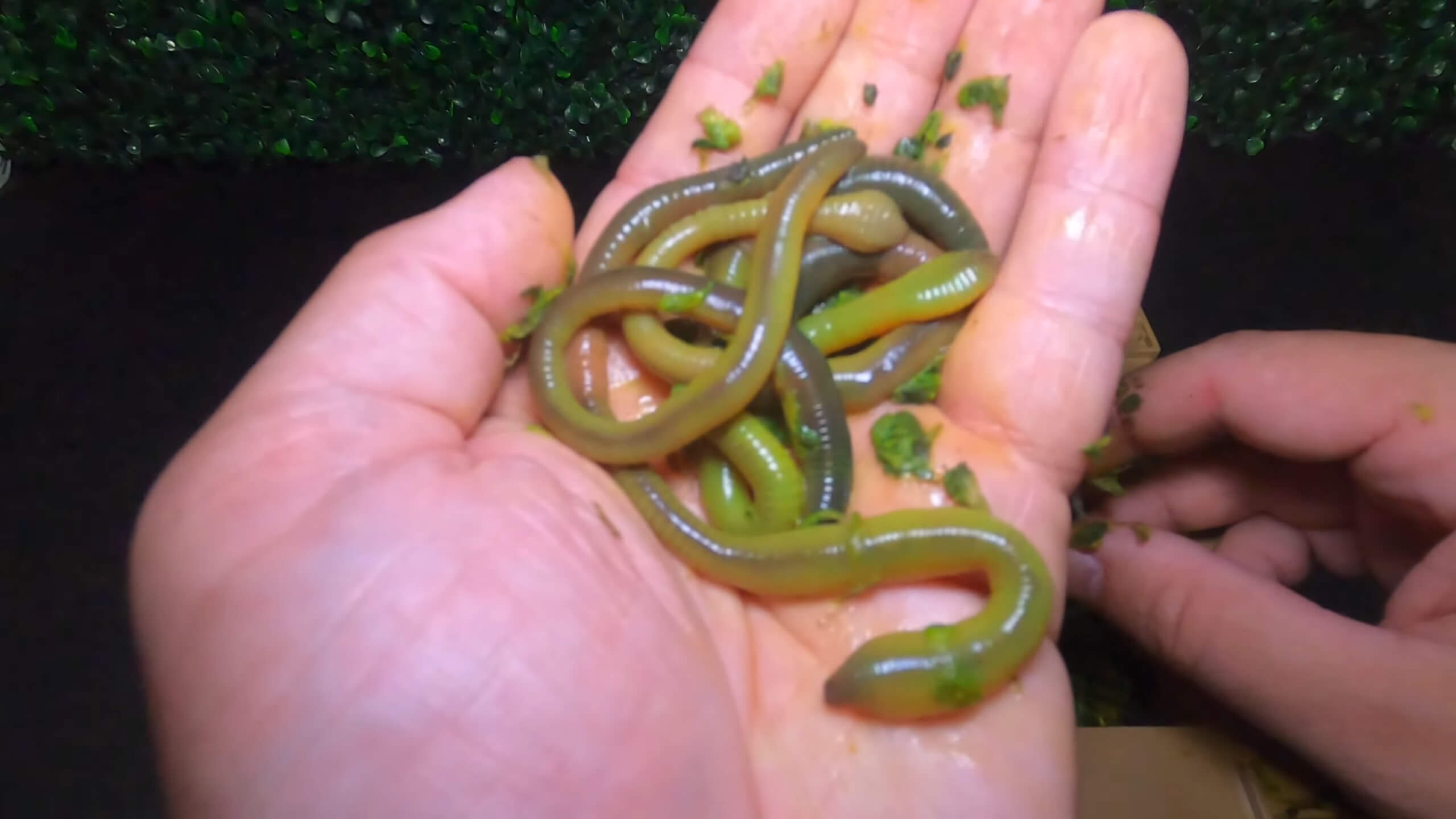
The bait you use and how you present it are key to successfully catching walleye from shore. Walleye are selective, especially depending on the season, so it’s important to have a variety of bait options and techniques in your fishing arsenal.
Best Live Bait Options
- Nightcrawlers: Always a reliable choice, particularly in spring and early summer. Thread them onto a hook or use them in a worm harness for best results.
- Minnows: A natural prey for walleye, minnows work great when rigged on jigs or slip bobber setups.
- Leeches: Perfect for use with slip bobbers, allowing you to adjust the bait’s depth to where walleye are actively hunting.
Top Lures for Walleye
- Crankbaits: These are excellent for covering large areas of water. Mimicking baitfish movements, crankbaits work best when you vary the retrieval speed and include pauses.
- Jigs: Simple but effective, especially when tipped with soft plastics or live bait like minnows. Jigs work well near the bottom or in weed beds.
- Spinnerbaits and Spoons: Flashy lures that attract walleye by imitating smaller baitfish. The shine and movement make them highly effective in grabbing a walleye’s attention.
Effective Techniques
- Slip Bobber Rig: One of the most versatile setups for walleye, especially in shallow waters. You can easily adjust the depth and suspend your bait just above where walleye are feeding.
- Bottom-Bouncer Rig: Perfect for keeping bait near the bottom, where walleye often feed. This rig works especially well in deeper water and is ideal for presenting bait at the right depth.
5. Use Lures
Spinnerbaits and spoons are powerful tools in a walleye angler’s arsenal, each offering unique advantages for attracting and catching these elusive fish. Understanding how to use these lures effectively can greatly increase your success rate.
Spinnerbaits
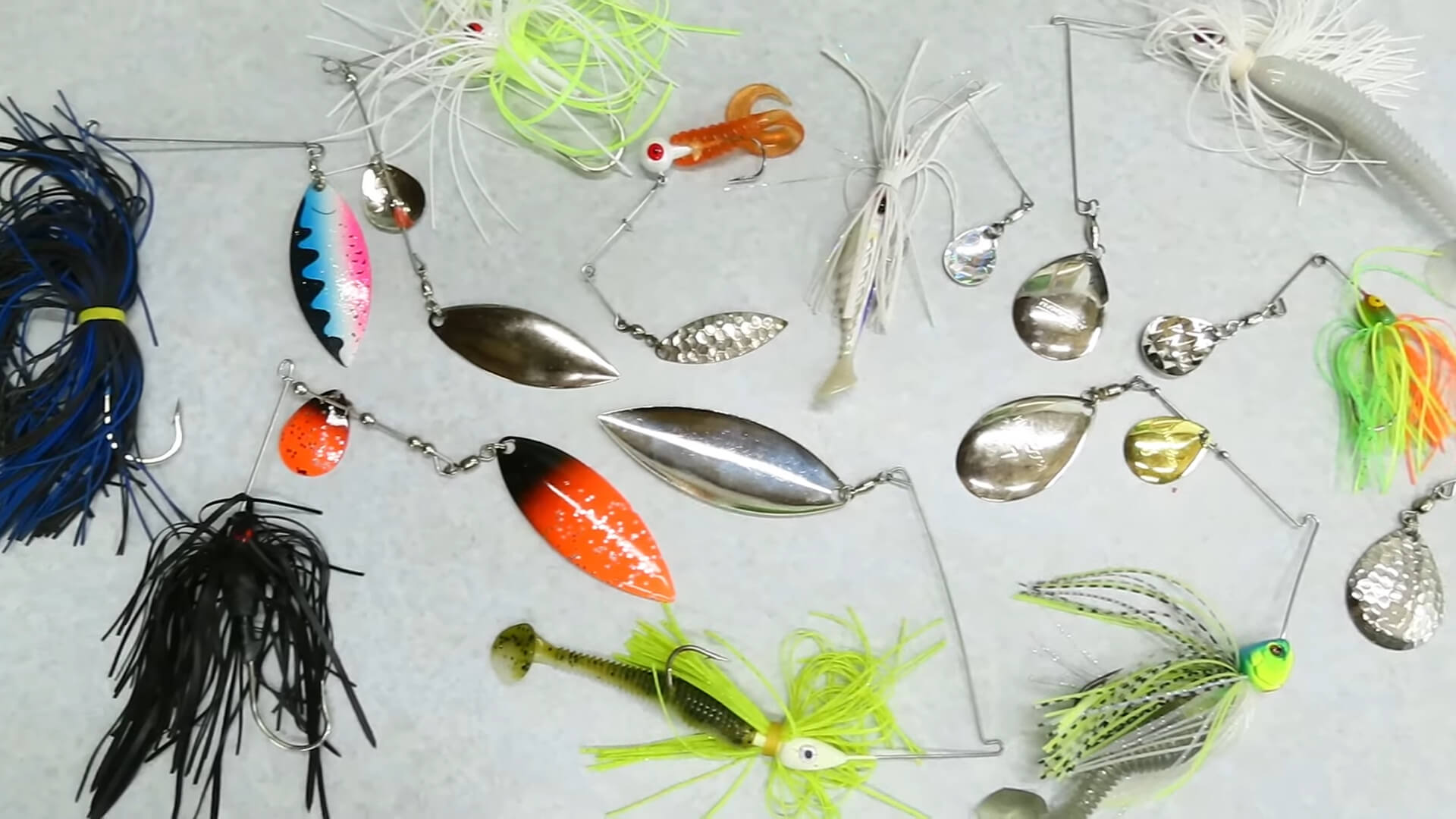
Spinnerbaits are especially effective in murky water or around structures. Their design, featuring one or more spinning blades, creates both visual flash and vibration. Here’s how to make the most of them:
- Choosing the Right Lure: Available in various sizes, colors, and blade configurations, they can be tailored to conditions. For murky water, opt for brighter colors and larger blades to maximize visibility. In clearer water, natural colors and smaller blades may work better.
- Retrieval Techniques: A steady, consistent retrieve keeps the blades spinning, creating a flash that mimics injured prey. Varying retrieval speed with occasional pauses simulates struggling baitfish, which can trigger more strikes.
- Fishing Around Structures: Casting near submerged rocks, trees, or weed beds allows the lure’s vibration and flash to attract fish hiding in these areas. A slow, steady retrieve often works best around such obstacles.
- Weather and Water Conditions: These lures shine in overcast or low-light conditions when natural light is limited. The flash and vibration can draw in walleye, so try different blade colors and sizes depending on the environment.
Effective Spoon Techniques
Spoons, known for their wobbling action and reflective surfaces, excel in deeper waters and when fish are less active. Here’s how to make the most of them:
- Selecting the Right Spoon: They come in different sizes and colors to imitate prey. For deeper water, larger options can reach the required depth and create more flash, while smaller ones are ideal for shallower areas.
- Jigging Techniques: Using a vertical jigging motion is key. Drop it straight down and use a quick, upward snap of the rod tip for an erratic, darting movement that mimics injured prey. Keep the motion unpredictable for best results.
- Casting and Retrieving: When fishing in shallower waters, cast out and let the lure sink to the desired depth before retrieving steadily, with occasional pauses to simulate natural baitfish movement.
- Water Temperature and Depth: These lures are especially useful in colder temperatures when fish are less active. Adjust your technique based on the depth and water temperature to increase your chances.
6. Bait Presentation
Effective bait presentation is crucial for enticing walleye to bite. Walleye are often finicky eaters, so how you present your bait can make a significant difference. Here’s how to get it right:
Mimic Natural Movement
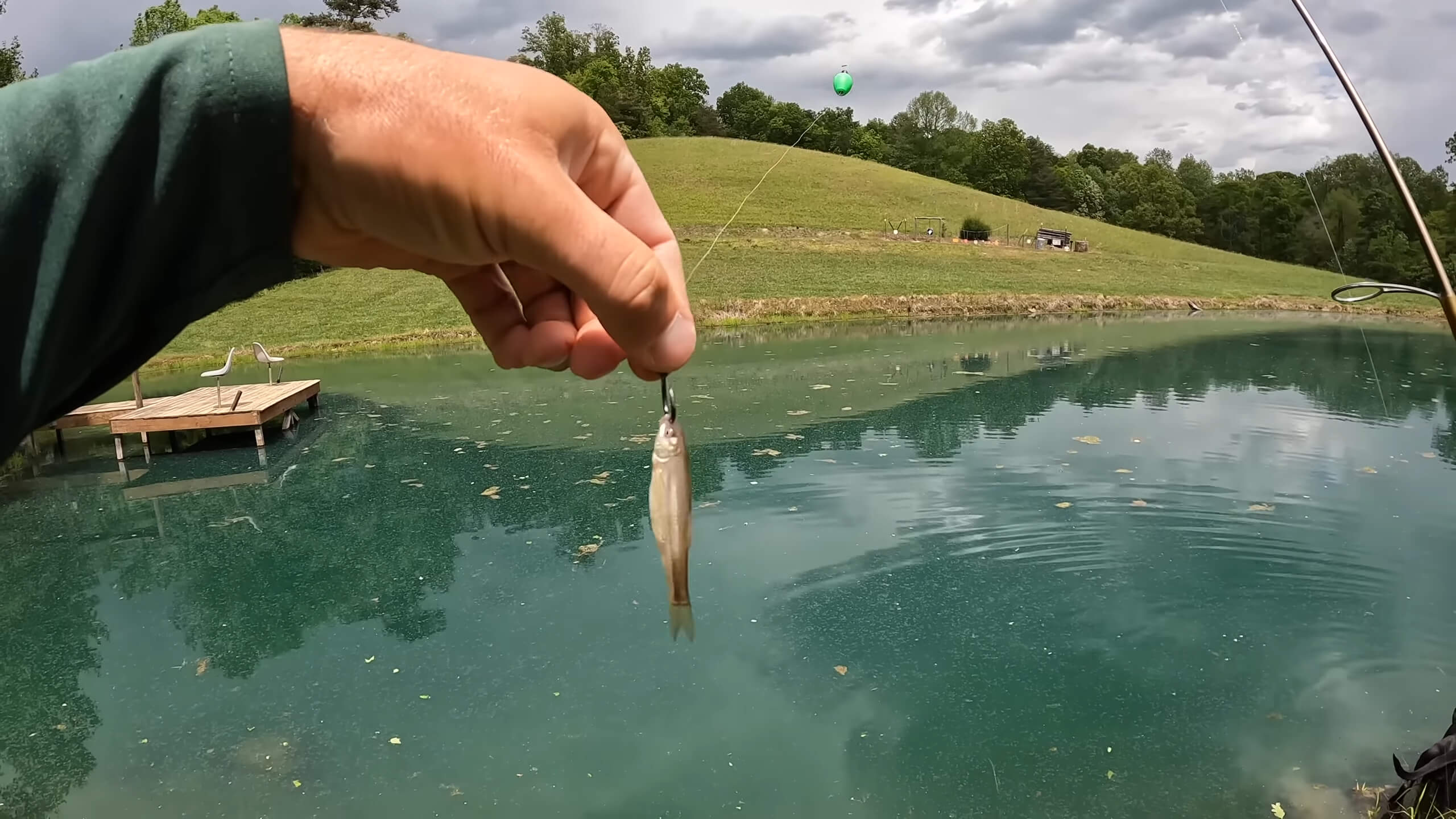
- Live Bait: When using live bait, ensure it moves as naturally as possible. Walleye are keen observers and can detect unnatural movements. For instance, if you’re using minnows or leeches, let them swim freely and avoid any abrupt or erratic movements. The more natural the movement, the more likely a walleye will take the bait.
- Artificial Lures: For artificial lures, mimic the natural behavior of prey to attract walleye. Vary your retrieve speed to simulate different types of prey movements. For example, a slow, steady retrieve can imitate a swimming baitfish, while an erratic, stop-and-go motion can resemble an injured or struggling prey. Experiment with different techniques to see what triggers a response.
- Use of Action: Incorporate subtle twitches or jerks in your retrieve to add life-like action to your lure. This can make the lure appear more realistic and enticing to walleye. For instance, using a jigging motion with soft plastics or a rapid twitch with a crankbait can attract walleye by mimicking the erratic behavior of prey.
Adjust Depth
- Finding the Right Depth: Walleye can be found at various depths depending on factors like time of day, water temperature, and season. In warmer months, walleye may be deeper, while in cooler weather, they might come closer to the surface. Use a depth finder or fish finder to locate the depth at which walleye are feeding.
- Depth Adjustment: Adjust your bait presentation to match the depth where walleye are active. If you’re not getting bites, try varying your depth by moving your bait up or down in the water column. In shallow waters, a slower retrieve closer to the surface may work, while in deeper waters, you might need to use a heavier lure or a slower, deeper presentation.
- Seasonal Changes: During different seasons, walleye’s depth preferences can change. In spring and fall, they might be found in shallower waters, while in summer and winter, they may move to deeper areas. Understanding these seasonal patterns can help you adjust your bait presentation accordingly.
7. Fish Near Structures
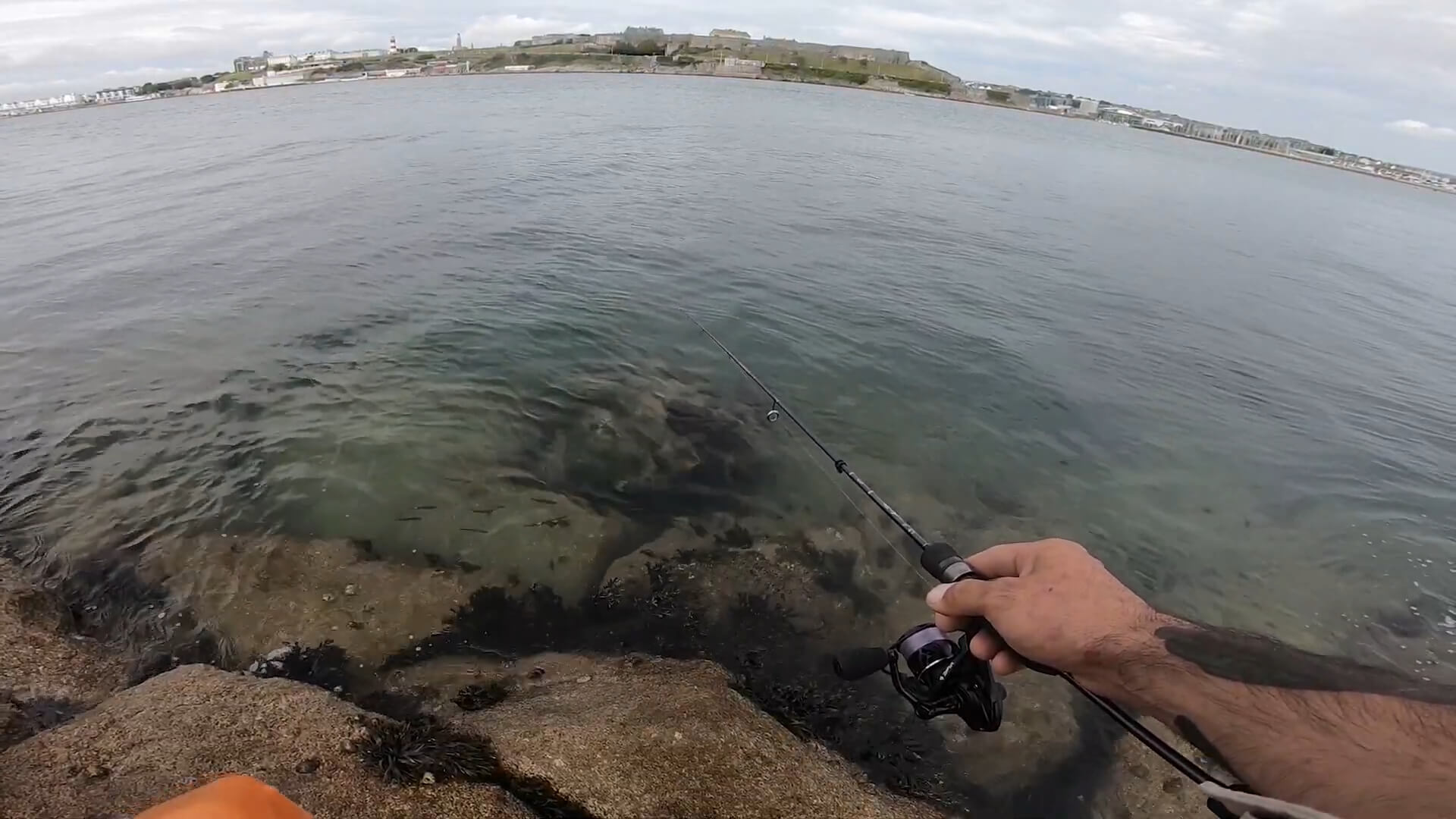
Fishing near structures is a key strategy for targeting walleye, as these areas provide essential cover and attract baitfish. Here’s how to maximize your success by focusing on structures:
Identify Key Structures
- Submerged Rocks: Submerged rocks create natural hiding spots and ambush points for walleye. They provide both shelter and opportunities to hunt for baitfish. Cast near these rocks, especially in areas where the bottom transitions from hard to soft surfaces. Walleye often use these transitions to their advantage.
- Fallen Trees and Brush Piles: Fallen trees and brush piles offer excellent cover for walleye. These structures provide hiding spots and attract small fish that walleye prey upon. When fishing near fallen trees or brush piles, make precise casts to avoid snagging, and use a slow, steady retrieve to entice walleye lurking in the shadows.
- Underwater Drop-offs: Drop-offs and changes in the bottom contour can concentrate walleye. These areas are often rich in baitfish and provide walleye with a natural hunting ground. Focus on casting around these drop-offs and use depth finders to locate them.
Cast Close to Structures
- Accurate Casting: When fishing near structures, accuracy is crucial. Cast as close to the structure as possible without snagging. This increases the likelihood of your bait being noticed by walleye that are using the structure for cover.
- Retrieve Techniques: Adjust your retrieve speed based on the structure and conditions. For example, if fishing near a submerged rock, use a slow, steady retrieve to keep your bait near the rock. If you’re fishing around a brush pile, a slightly faster retrieve with occasional pauses can simulate the movement of prey escaping from cover.
- Be Prepared for Snags: Fishing around structures can lead to snags. Be prepared to lose some tackle, but don’t let this discourage you. The potential for catching walleye in these productive areas is worth the risk. Use lures and rigs that are less likely to snag, and consider using a weedless design if fishing in dense cover.
Optimize Fishing Techniques Near Structures
- Use of Electronics: Utilize fish finders and depth sounders to better understand the structure and locate walleye. These tools can help you identify key features and determine the best places to cast.
- Adapt to Conditions: Be adaptable based on the structure and conditions you encounter. If walleye are not responding as expected, try varying your lure type, color, or presentation to better match the conditions around the structure.
FAQs
What time of day is best for fishing walleye from shore?
Early morning and late evening are the best times for fishing walleye. Walleye are more active during these periods and are more likely to bite.
What is the best temperature for walleye fishing?
Walleye prefer cooler water temperatures, typically between 45-65°F (7-18°C). They may be more active in these conditions, especially during early spring and late fall.
Can I use artificial lures instead of live bait for walleye fishing?
Yes, artificial lures like jigs, crankbaits, and spinnerbaits can be very effective. Choose lures that mimic the movement of prey and adjust your presentation to match the conditions.
How do I know if a spinnerbait is working?
If a spinnerbait is working, you should feel consistent vibration and see flash as the blades spin. If you’re not getting bites, try changing the color or size of the spinnerbait, or adjust your retrieve speed.
What is the best way to rig live bait for walleye?
For live bait like minnows or leeches, use a simple rig with a hook that allows the bait to move naturally. Ensure the hook is properly placed to avoid injuring the bait, which could reduce its effectiveness.
How can I prevent my lure from snagging on structures?
To minimize snagging, use lures with weedless designs and make accurate casts to avoid hitting structures directly. Additionally, use a lighter line that can break more easily if snagged.
What depth should I fish for walleye?
The depth at which you should fish for walleye varies with the time of day, water temperature, and season. Use a depth finder to locate walleye and adjust your bait presentation accordingly.
How can I adjust my bait presentation based on water clarity?
In clear water, use more natural colors and subtle movements to avoid spooking walleye. In murky water, opt for brighter colors and more vibration to attract attention.
Conclusion
Fishing for walleye from shore can be a rewarding experience when you know the right techniques and strategies. By choosing the right location, focusing on night fishing, using appropriate gear, and employing effective bait presentation, you can significantly increase your chances of success. Leveraging spinnerbaits and spoons, presenting your bait naturally, and targeting structures where walleye are likely to hide will further enhance your fishing efforts.

